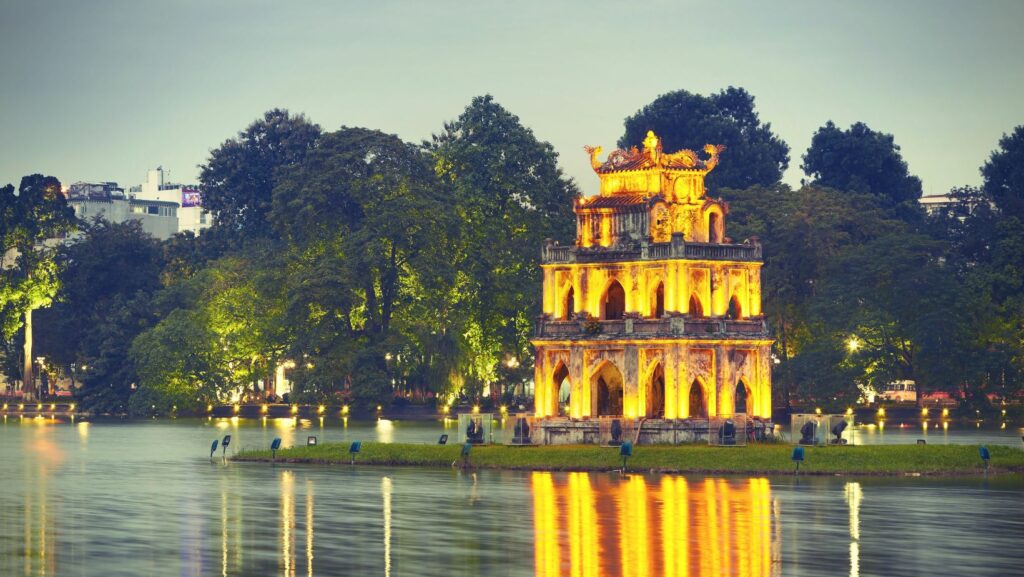
Vietnam, a vibrant country in Southeast Asia, has undergone significant transformations over the past few decades, impacting the living conditions of its residents. From bustling urban centers like Ho Chi Minh City and Hanoi to serene rural areas, the living standards vary widely, influenced by rapid economic growth and urbanization. This article explores the multifaceted nature of living conditions across Vietnam, shedding light on how economic, social, and environmental factors intertwine to shape the daily lives of its people.
Vietnam Living Conditions
Vietnam exhibits a stark contrast between urban and rural living conditions, shaped by rapid economic development and urbanization. This section delves into how these factors influence daily life across different regions.
Urban Vs Rural Lifestyles
 Urban areas in Vietnam boast modern infrastructures and amenities, providing residents with access to advanced healthcare, education, and entertainment venues. Cities like Hanoi and Ho Chi Minh City exemplify rapid urbanization, offering high-rise apartments, bustling markets, and vibrant nightlife. These urban centers attract young professionals and families seeking opportunities that are not as readily available in rural districts.
Urban areas in Vietnam boast modern infrastructures and amenities, providing residents with access to advanced healthcare, education, and entertainment venues. Cities like Hanoi and Ho Chi Minh City exemplify rapid urbanization, offering high-rise apartments, bustling markets, and vibrant nightlife. These urban centers attract young professionals and families seeking opportunities that are not as readily available in rural districts.
Conversely, rural lifestyles remain deeply rooted in agricultural practices, with communities largely depending on farming for their livelihood. Rural dwellers live in modest dwellings, often lacking access to the high-speed internet and modern plumbing seen in cities.
Impact of Economic Development
Vietnam’s economic growth has led to substantial improvements in living conditions over the past few decades, particularly through increased investment in public services and infrastructure. The rise in GDP per capita, which stood at approximately $2,715 in 2020, indicates a general uplift in the standard of living. This economic boost has enabled more extensive urban planning and development strategies, leading to better housing, roads, and public transport systems, primarily in metropolitan areas.
Housing and Infrastructure
Housing and infrastructure in Vietnam exemplify the dichotomy between urban sophistication and rural simplicity. As urban areas burgeon with modern buildings and extensive road networks, rural habitats reflect more traditional and modest accommodations.
Quality of Housing
 The quality of housing in Vietnam varies significantly between urban and rural settings. In cities like Ho Chi Minh City and Hanoi, residential buildings often feature contemporary designs with robust amenities such as in-building gyms, swimming pools, and commercial areas. These urban dwellings cater to the increasing demand from the middle and upper classes for luxury and comfort. Contrasting sharply, the rural regions display a predominance of traditional housing. Structures made from local materials such as bamboo, wood, and leaves are common, offering basic shelter without the luxury of urban homes. This disparity highlights a split in housing quality that aligns closely with the geographic and economic divisions within the country.
The quality of housing in Vietnam varies significantly between urban and rural settings. In cities like Ho Chi Minh City and Hanoi, residential buildings often feature contemporary designs with robust amenities such as in-building gyms, swimming pools, and commercial areas. These urban dwellings cater to the increasing demand from the middle and upper classes for luxury and comfort. Contrasting sharply, the rural regions display a predominance of traditional housing. Structures made from local materials such as bamboo, wood, and leaves are common, offering basic shelter without the luxury of urban homes. This disparity highlights a split in housing quality that aligns closely with the geographic and economic divisions within the country.
Availability of Utilities
Utility access further distinguishes urban and rural lifestyles in Vietnam. In urban areas, residents enjoy consistent access to essential utilities, including electricity, clean water, and telecommunications services. Infrastructure development has kept pace with the rapid urbanization, ensuring that urbanites rarely face shortages or interruptions in services. Conversely, rural areas suffer from less reliable utility services. Although there has been progress in rural electrification and water supply, challenges remain. Frequent power outages and limited clean water sources are common issues that rural inhabitants contend with, reflecting the need for further infrastructure development in these regions.
Cost of Living in Vietnam
Housing Costs in Urban and Rural Vietnam
 Housing costs in Vietnam display a sharp contrast between urban and rural settings. In major cities, the average monthly rent for a one-bedroom apartment ranges from $350 to $500, while a similar property might cost between $100 and $200 in rural areas. Property ownership also varies in cost, with urban areas seeing prices as high as $3,000 per square meter, compared to rural locations where land and houses are much more affordable.
Housing costs in Vietnam display a sharp contrast between urban and rural settings. In major cities, the average monthly rent for a one-bedroom apartment ranges from $350 to $500, while a similar property might cost between $100 and $200 in rural areas. Property ownership also varies in cost, with urban areas seeing prices as high as $3,000 per square meter, compared to rural locations where land and houses are much more affordable.
Daily Expenses: Food, Transportation, and Utilities
Residents in Vietnam spend differently on daily expenses based on their location. Urban dwellers typically pay more for food items, especially for western products, which are often priced higher than local goods. For instance, a meal at an inexpensive restaurant in a city might cost around $3, whereas in rural areas, the same meal could be as low as $1.50.


